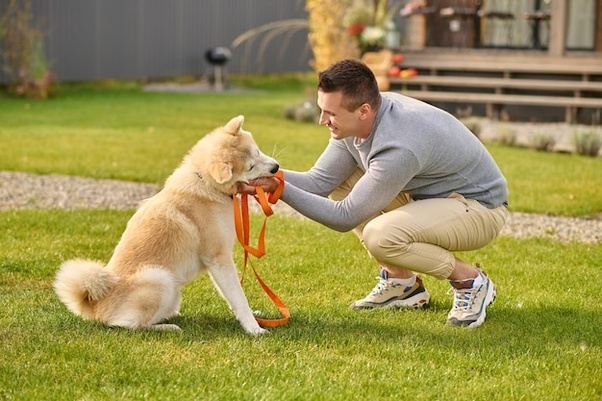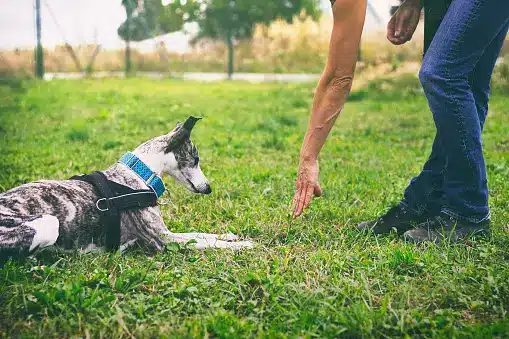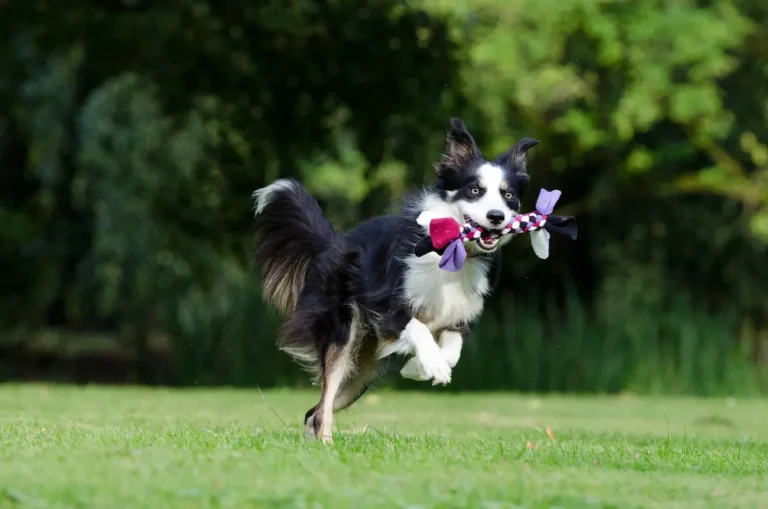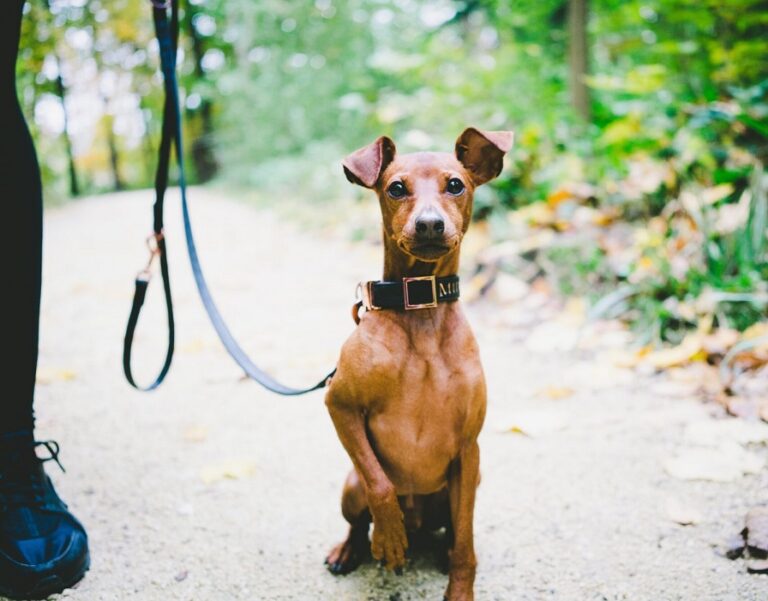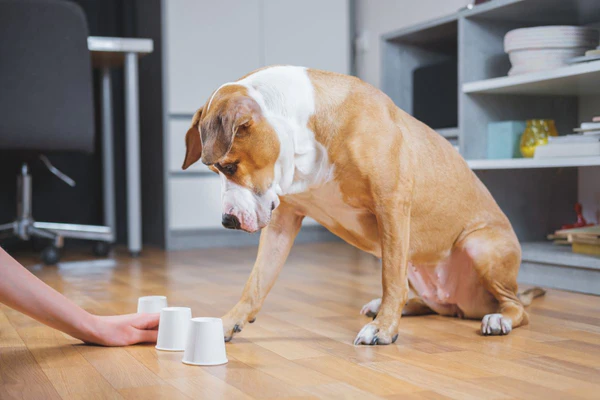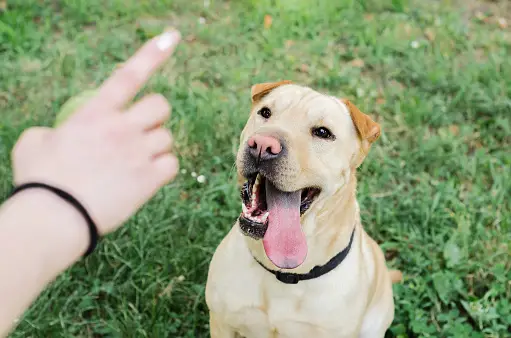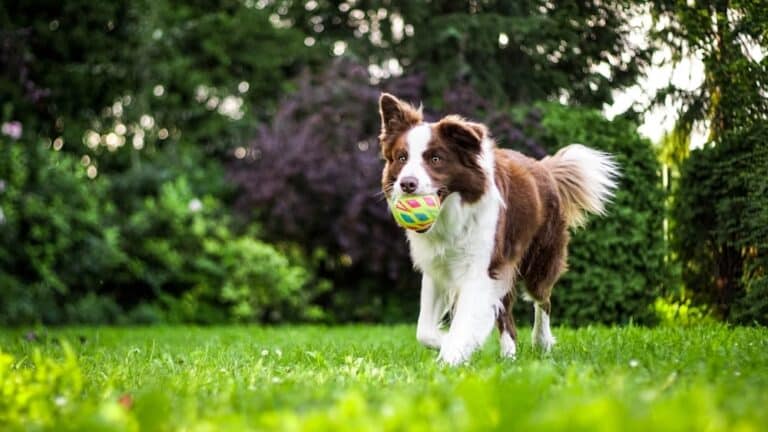Are you struggling to find the perfect balance between fun and discipline in your dog training sessions? Look no further! In this article, we will explore the importance of striking the right mix of enjoyable activities and structured training methods to ensure effective and enjoyable training for your furry friend. Discover valuable tips, techniques, and insights that will help you create a harmonious training environment that both you and your dog will love. Don’t let the confusion of finding the right balance discourage you – read on to uncover the secrets of successful dog training!
The Importance of Balancing Fun and Discipline in Dog Training
Understanding the Role of Fun in Dog Training
Fun plays a crucial role in dog training as it helps to establish a positive and enjoyable learning environment for your furry friend. When training is fun, it becomes more engaging for your dog, making them more eager to participate and learn new behaviors. Incorporating fun elements into training sessions not only strengthens the bond between you and your dog but also makes the entire process more effective.
During training, you can introduce games, toys, and treats to make the experience enjoyable for your dog. By doing so, you create a positive association with training sessions, making your dog more motivated to learn and obey commands. Fun activities also provide mental stimulation, which is essential for preventing boredom and destructive behavior in dogs.
Recognizing the Role of Discipline in Dog Training
Discipline is an essential aspect of dog training that should not be overlooked. While fun and playfulness are important, discipline helps establish boundaries and sets clear expectations for your dog’s behavior. By implementing consistent rules and boundaries, you establish yourself as the pack leader and ensure that your dog understands what is expected of them.
Discipline in dog training involves teaching your dog basic commands, such as sit, stay, and come, and reinforcing these commands consistently. It also includes setting boundaries for acceptable behavior and correcting inappropriate behaviors when necessary. Through discipline, you provide your dog with structure and guidance, which ultimately leads to a well-behaved and obedient companion.
Why Balancing Fun and Discipline is Necessary
Finding the right balance between fun and discipline is crucial for successful dog training. If training sessions are solely focused on discipline, your dog may become disinterested or fearful, hindering their learning progress. On the other hand, if training lacks discipline and is solely centered around fun, your dog may become unruly and have difficulty obeying commands.
Balancing fun and discipline allows you to create a harmonious training environment that is enjoyable yet structured. It ensures that your dog remains engaged and motivated while learning important commands and behaviors. By incorporating both elements, you create a well-rounded training program that promotes positive reinforcement, strengthens the bond between you and your dog, and ultimately results in a well-behaved and happy companion.
In conclusion, understanding the importance of balancing fun and discipline in dog training is essential for a successful training experience. By incorporating fun activities and positive reinforcement, you create an engaging and enjoyable environment for your dog. Simultaneously, implementing discipline and setting boundaries ensures that your dog understands the expected behaviors and follows commands consistently. Striking the right balance between fun and discipline ultimately leads to a well-trained, obedient, and happy canine companion.
Tips for Finding the Right Mix of Fun and Discipline
Setting Clear Expectations and Boundaries
When it comes to dog training, setting clear expectations and boundaries is crucial for finding the right balance between fun and discipline. Dogs thrive when they know what is expected of them, so it is important to establish consistent rules and communicate them effectively. Here are some tips for setting clear expectations and boundaries:
- Consistency is key: Dogs need consistency to understand the rules. Make sure everyone in the household is on the same page and enforces the same expectations and boundaries.
- Use clear and simple commands: Dogs respond best to clear and concise commands. Keep your commands consistent and use simple language that your dog can easily understand.
- Reward good behavior: Positive reinforcement is a powerful tool in setting expectations and boundaries. When your dog follows the rules, reward them with treats, praise, or playtime. This will reinforce the desired behavior and motivate your dog to continue behaving in a disciplined manner.
Incorporating Positive Reinforcement Techniques
Positive reinforcement is an effective and humane approach to dog training that can help you strike the right balance between fun and discipline. By rewarding desired behaviors rather than punishing unwanted ones, you can create a positive and enjoyable training experience for both you and your dog. Here are some tips for incorporating positive reinforcement techniques:
- Use treats and praise: Reward your dog with treats and praise when they exhibit the desired behavior. This will make them associate good behavior with positive outcomes and encourage them to repeat it.
- Timing is crucial: Make sure to reward your dog immediately after they demonstrate the desired behavior. This will help them associate the reward with the specific action they just performed.
- Be consistent and patient: Positive reinforcement takes time and consistency. Be patient with your dog and consistently reward them for the behaviors you want to reinforce. With time, they will learn to associate those behaviors with positive outcomes.
Creating a Structured Training Routine
A structured training routine is essential for finding the right mix of fun and discipline in dog training. Dogs thrive on routine and predictability, so establishing a consistent training schedule will help them understand when it’s time to focus and when it’s time to play. Here are some tips for creating a structured training routine:
- Set aside dedicated training time: Designate specific times of the day for training sessions. This will help both you and your dog focus and make training a regular part of your routine.
- Start with short sessions: Dogs have limited attention spans, especially when they are learning something new. Start with short training sessions, gradually increasing the duration as your dog becomes more comfortable and attentive.
- Alternate between fun and disciplined activities: Mix fun activities like playtime and interactive games with disciplined activities like obedience training. This will keep your dog engaged and motivated throughout the training sessions.
By following these tips, you can find the right mix of fun and discipline in your dog training approach. Remember to be patient, consistent, and always prioritize positive reinforcement to create a positive and enjoyable training experience for your furry friend.
Finding the right balance between fun and discipline is crucial in dog training. While it is important to make training sessions enjoyable for both the dog and the trainer, maintaining a sense of structure and discipline is equally essential. By incorporating fun activities and positive reinforcement techniques, trainers can ensure that dogs remain engaged and motivated throughout the training process. However, it is vital to establish boundaries and enforce rules to prevent any unruly behavior. With the right mix of fun and discipline, dog owners can create a harmonious and well-behaved relationship with their furry companions.

